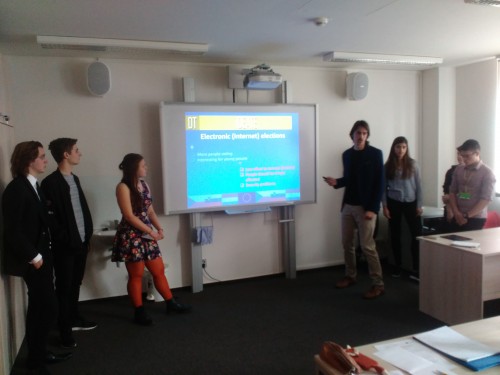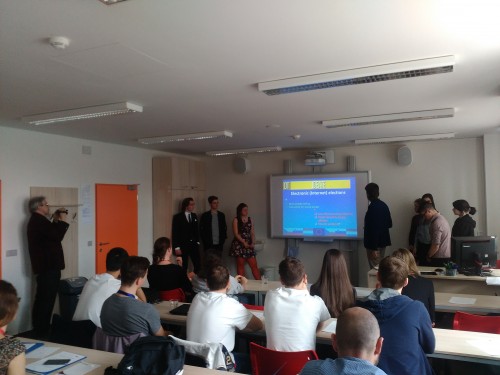Cyclical process
Once prototypes have been created for one or more options, these should be presented (preferably simultaneously) to the target group and the experts. It may be sensible to inform them about the problem definition. Feedback will then be collected. This can be achieved, for example, by giving everyone an open feedback form to complete, with 4 categories: positive points, points for improvement, ideas, questions.
After the feedback, you actually always return to the prototype phase to incorporate the feedback in the design. An improved prototype is very well suited for a new round of feedback. If the feedback has raised more questions, then you can always decide to perform a new study in the empathise phase, change the problem definition in the define phase, or add ideas to the list in the ideate phase. As previously indicated: the DT method requires a cyclical approach, or even a two-pronged approach. Going through the cycle improves the end result. The coaching can focus on this aspect, by asking critical and supportive questions.

